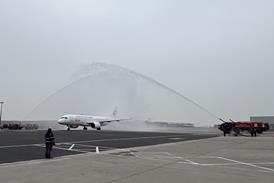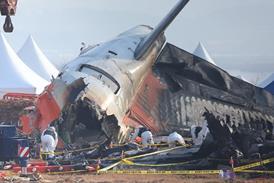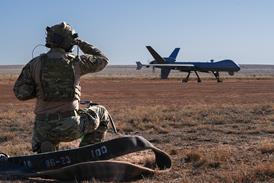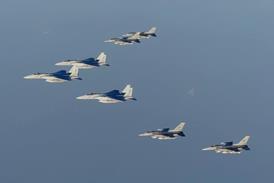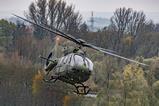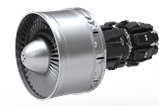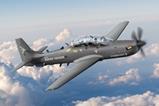Annual deliveries of the CFM International Leap engine will top 2,000 units in 2026, according the latest forecast from the Safran-GE Aerospace joint venture.
But output of the narrowbody engine family will continue to increase across the second half of the decade, hitting 2,500 annual deliveries by 2028, says Florence Minisclou, Safran vice-president of commercial engines.

“With these production forecasts our delivery rates are aligned with our customers’ demands, particularly the airframers,” Minisclou told an investor briefing on 5 December.
Safran maintains it can achieve a 15-20% year-on-year increase in 2025, despite “supply chain hurdles” this year that forced it to twice cut delivery forecasts.
“We do see an improvement in critical component production rates,” she adds.
Detailing its third-quarter revenue performance in late October, Safran said the joint-venture expected to produce 10% fewer Leap engines this year than in 2023, or a little over 1,400 units.
In 2023, CFM shipped 1,570 Leap engines and at the beginning of this year, it expected to deliver 20-25% more in 2024, a figure that had reduced to a 10-15% increase by the time Safran revealed its first-quarter revenue at the end of April.
In the meantime, CFM continues to roll-out a series of upgrades for the engine, “in particular for customers [operating] in severe conditions”.
While several, such as the reverse bleed system, are already in service, Minisclou expects certification for the next upgrade – a new high-pressure turbine (HPT) blade initially for the Leap-1A – to be obtained by year-end.
Retrofit of the blade should begin by the end of 2024 and will “double durability” of the component, particularly in harsh – or hot and dusty – conditions.
CFM has accumulated over 4,100h of testing on the new blade, including in “simulated harsh environments”, she says.
Introduction of the new HPT blade will allow the engine to “reach the target time on wing”, she adds.
To date, CFM has booked orders for more than 20,400 Leap engines, with around 11,600 still in the backlog.
The Leap-1B and -1C are the exclusive powerplants on the Boeing 737 Max and Comac C919, respectively, while the -1A is an option on the Airbus A320neo, where it has a 60% win rate.


